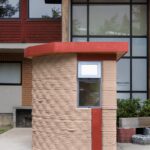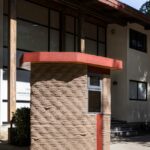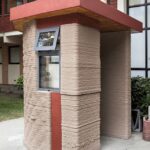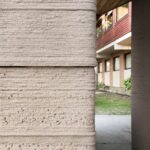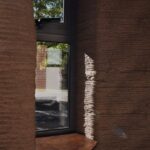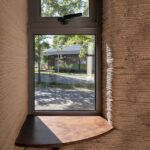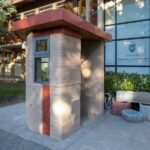3D-Printed Cabin: A Milestone in Construction Technology
Universidad del Bío-Bío Unveils Chile’s First 3D-Printed Structure
In a groundbreaking achievement, the University of Bío-Bío, located on its Concepción Campus, has successfully completed the first 3D-printed construction in Chile and the southern cone of Latin America. The project involved the creation of a compact surveillance cabin, serving as a testament to the potential of additive manufacturing technology to revolutionize the construction industry. Led by architects Rodrigo García Alvarado, Pablo Banda, and Kevin Mendez, this initiative showcases the University’s advancements in technological development.
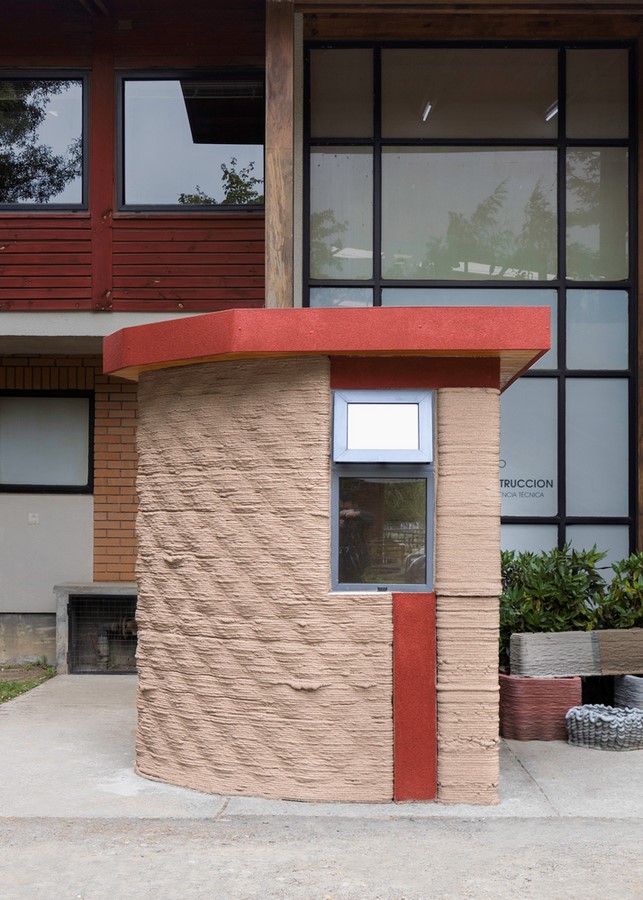
Innovative Construction Techniques
The 3D-printed cabin, encompassing an area of 4 square meters, features concrete walls that were printed individually, each taking approximately 40 minutes to complete. This innovative approach drastically reduces construction time and minimizes resource usage, waste, and transportation associated with conventional building methods. The use of a large-format printer opens the door for scaling up this technology to construct entire houses.
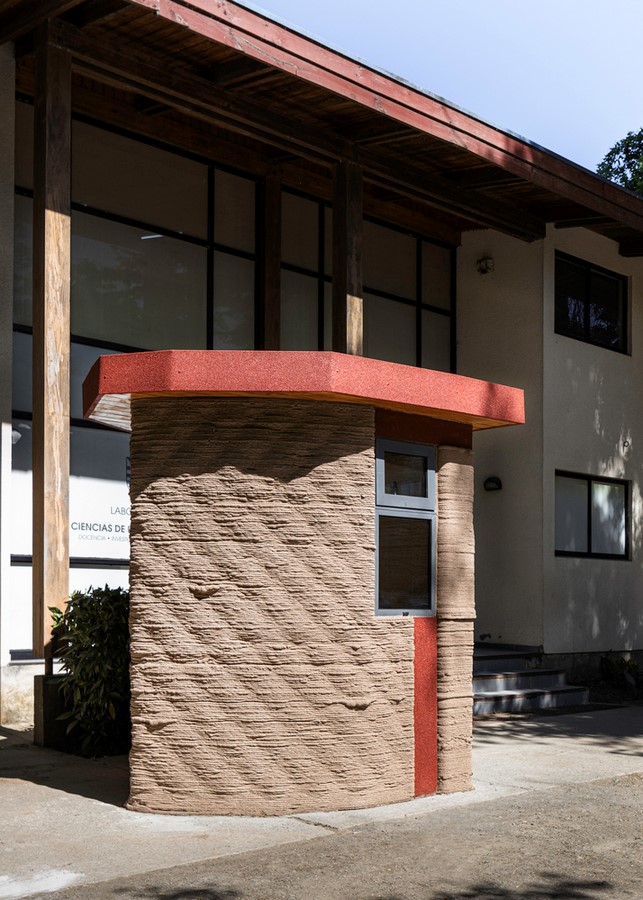
Eco-Efficiency and Sustainability
The optimized mixture for 3D printing, utilizing locally sourced materials, aligns with the University’s commitment to eco-efficiency and sustainability. The integration of windows, seals, reinforcements, roofs, finishing coatings, and thermal insulation ensures that the structure meets high-quality and habitability standards. The experimentation with curved shapes enhances structural stability, while textured surfaces contribute to thermal and acoustic dissipation, providing an added layer of architectural expression.

Overcoming Challenges in Seismic Regions
While 3D-printed construction has gained momentum globally, its introduction in Chile and Latin America faced challenges due to severe seismic conditions and diverse climates. The University’s Additive Manufacturing Group for Construction (MACO-UBB) has spearheaded research to adapt the technology to local conditions. The group’s efforts have resulted in advanced equipment that aligns with the stringent requirements for seismic resilience and climatic variability. This breakthrough not only paves the way for local construction development but also positions Chile to contribute to the broader Latin American market.
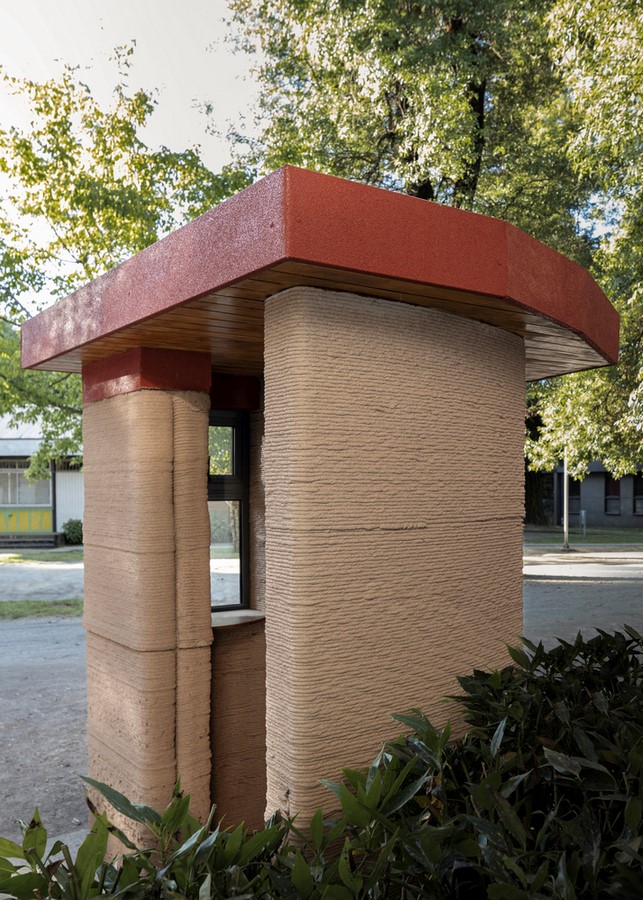
Promoting Innovation for Urbanization
Recognizing the growing demand for housing and urbanization, the University of Bío-Bío aims to foster innovation in industrialized solutions suitable for diverse realities. The 3D-printed cabin signifies a significant stride towards the development of construction practices that can accommodate various architectural designs and adapt to different geographies and cultural contexts.
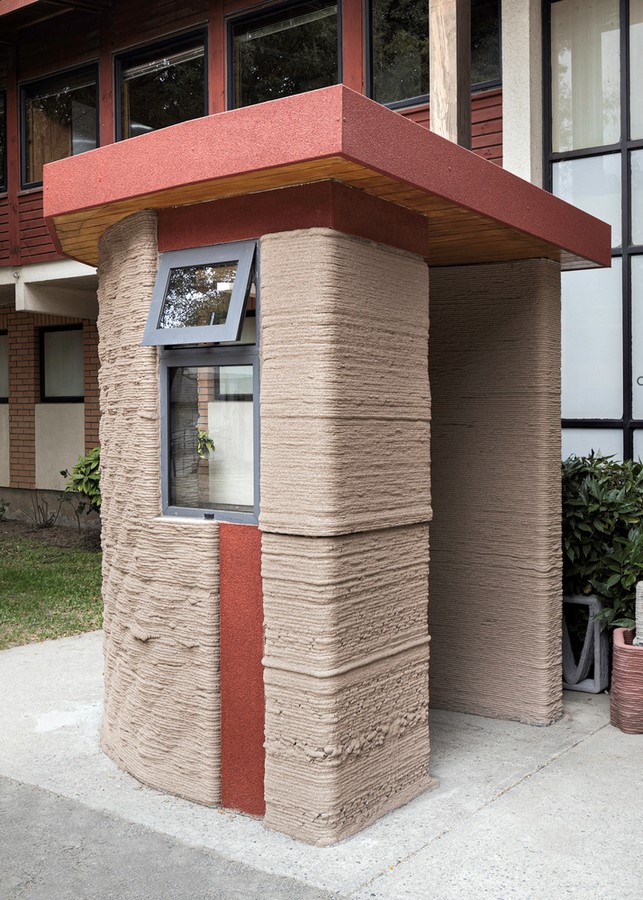
A Vision for the Future
The completion of the printed cabin marks the initial phase in the development of 3D-printed construction capable of delivering quality buildings with diverse architectural designs. The integration of traditional components with state-of-the-art printed elements showcases the potential for achieving high-quality execution and presentation in construction projects.
In conclusion, the University of Bío-Bío’s pioneering efforts in 3D-printed construction not only signify a technological milestone for Chile but also contribute to the global discourse on sustainable and efficient building practices. The successful adaptation of this cutting-edge technology to local challenges opens new avenues for the construction industry, with the potential to revolutionize how buildings are designed and constructed in seismic-prone regions.

